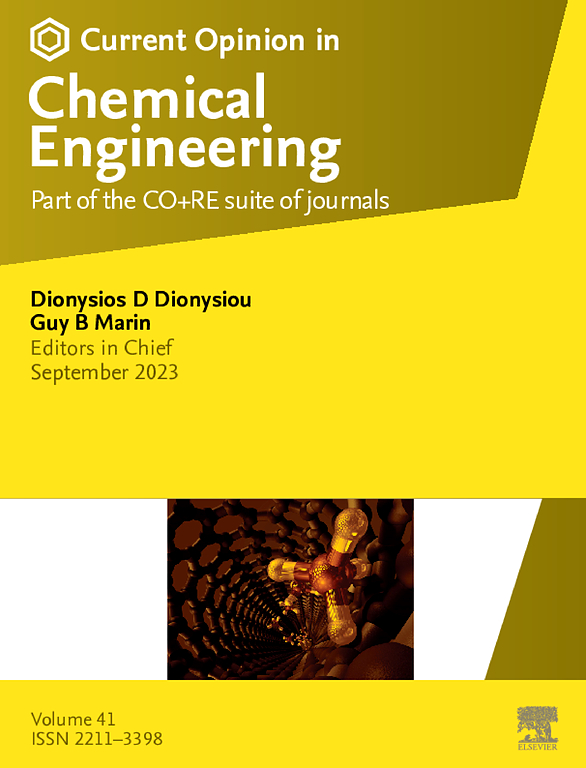Distributed water desalination and purification systems: perspective and future directions
IF 6.8
2区 工程技术
Q1 BIOTECHNOLOGY & APPLIED MICROBIOLOGY
引用次数: 0
Abstract
Distributed water treatment and desalination (DWTD) systems are critical for the development of a diverse water portfolio of the desired quality and intended use at the target location. Widespread adoption of DWTD has been hampered given the need for round-the-clock monitoring and the lack of local technical expertise for system management. However, self-adaptive operation, real-time remote monitoring, supervisory control, and asset management of DWTD systems are now feasible with the implementation of advanced local system control, cyberinfrastructure that facilitates real-time cloud-based analytics, data management, and artificial intelligence–powered decision support. Such an approach will introduce transformative virtual networks of DWTD systems to provide needed water to locations that are not served by centralized and satellite water treatment and desalination systems.
分布式海水淡化和净化系统:展望和未来方向
分布式水处理和海水淡化(DWTD)系统对于在目标地点开发具有所需质量和预期用途的多样化水组合至关重要。由于需要全天候监测和当地缺乏系统管理方面的专门技术知识,DWTD的广泛采用受到了阻碍。然而,随着先进的本地系统控制的实施,DWTD系统的自适应操作、实时远程监控、监督控制和资产管理现在是可行的,网络基础设施促进了基于云的实时分析、数据管理和人工智能驱动的决策支持。这种方法将引入DWTD系统的变革性虚拟网络,为没有中央和卫星水处理和海水淡化系统的地区提供所需的水。
本文章由计算机程序翻译,如有差异,请以英文原文为准。
求助全文
约1分钟内获得全文
求助全文
来源期刊

Current Opinion in Chemical Engineering
BIOTECHNOLOGY & APPLIED MICROBIOLOGYENGINE-ENGINEERING, CHEMICAL
CiteScore
12.80
自引率
3.00%
发文量
114
期刊介绍:
Current Opinion in Chemical Engineering is devoted to bringing forth short and focused review articles written by experts on current advances in different areas of chemical engineering. Only invited review articles will be published.
The goals of each review article in Current Opinion in Chemical Engineering are:
1. To acquaint the reader/researcher with the most important recent papers in the given topic.
2. To provide the reader with the views/opinions of the expert in each topic.
The reviews are short (about 2500 words or 5-10 printed pages with figures) and serve as an invaluable source of information for researchers, teachers, professionals and students. The reviews also aim to stimulate exchange of ideas among experts.
Themed sections:
Each review will focus on particular aspects of one of the following themed sections of chemical engineering:
1. Nanotechnology
2. Energy and environmental engineering
3. Biotechnology and bioprocess engineering
4. Biological engineering (covering tissue engineering, regenerative medicine, drug delivery)
5. Separation engineering (covering membrane technologies, adsorbents, desalination, distillation etc.)
6. Materials engineering (covering biomaterials, inorganic especially ceramic materials, nanostructured materials).
7. Process systems engineering
8. Reaction engineering and catalysis.
 求助内容:
求助内容: 应助结果提醒方式:
应助结果提醒方式:


